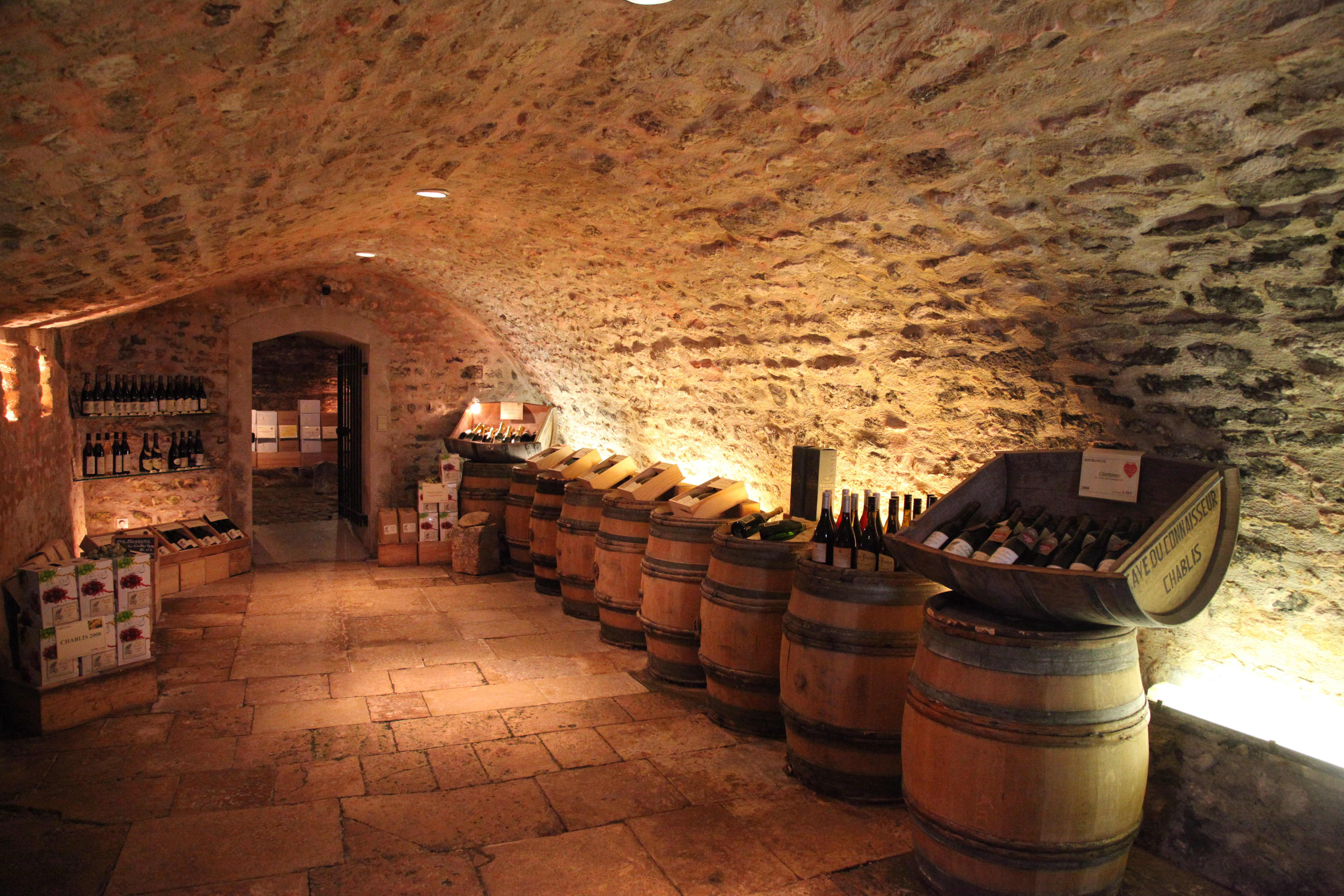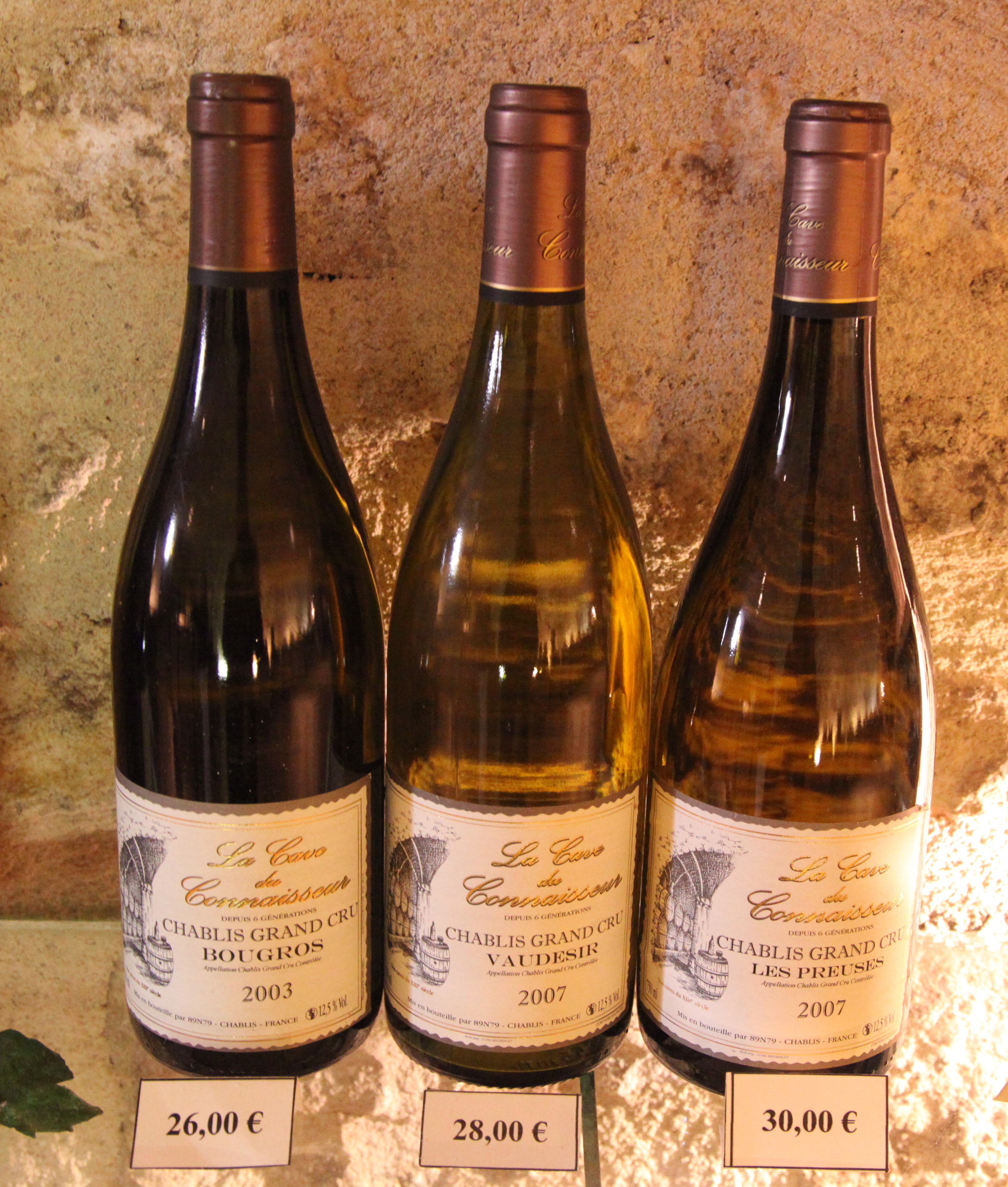Chablis: The ultimate soil expression
Without doubt, the people of Chablis, a region in Northern Burgundy, are proud of their unique wine made from multifaceted Chardonnay grapes. The inimitable characteristics of the crisp, fresh and charmingly mineral Chablis are hard to question.
Unless once someone will transport the area’s specific soil to another place, it may be hard and perhaps impossible to find an identical copy of Chablis. On one side, winemaking plays an important role in creating a certain style of wine, but in Chablis the soil is the main agent in creating such an exclusive breed of wine.
The ground in the area is rich in limestone overlaid with Kimmeridgian clay, distinct for Chablis.

There are four appellations (classes) in the region: Petit Chablis, Chablis, 1er Cru and Grand Cru.
Petit Chablis was awarded perhaps a quite derogatory term petit (small, lesser) for its simple fresh taste and thus it became the lowest, basic appellation in Chablis. It can please summer lunch drinkers for its uncomplicated and straight persona. If you are not a fan of rosé, this might be an ideal option for you in a hot day to bring a bit of breeze into your overheated entity.
The Chablis is anything from the area around the town which was not awarded a Premier or a Grand Cru status. These wines tend to represent a typical Chablis in its famed mineral coat. For the refreshing and sophisticated enough taste they offer, they are very well priced.
The Premier (1er) Crus are sometimes complex enough, that I would assign them a Grand Cru status. Nevertheless, they are a slightly better value for money for the orchestra of flavours they offer. If you want something interesting and do not want to strain your purse much then this is the right wine for you to try.
There are seven Grand Crus on the right bank of the river crossing the town of Chablis. All of them are set next to each other as a nicely-laid 100 hectares puzzle on the southwest side of a hill.
- Bougros
- Blanchot
- Grenouilles
- Les Clos
- Les Preuses
- Vaudésir
- Valmur

Wines from each climate (Cru) have a different character, so if you have an opportunity try to taste them all and find your personal favourite. The best though is a visit of Chablis. The village is charming with a maze of underground cellars seducing you to come in and taste some wines.
As in most cellars in France the tasting is free of charge. The generosity of the producers should not be exploited though. I would encourage everyone to buy a bottle (or two) if you really like some wine a lot, since the winemakers also have to make their living and what could the best reward for them than a satisfied customer willing to pay for their creations?

